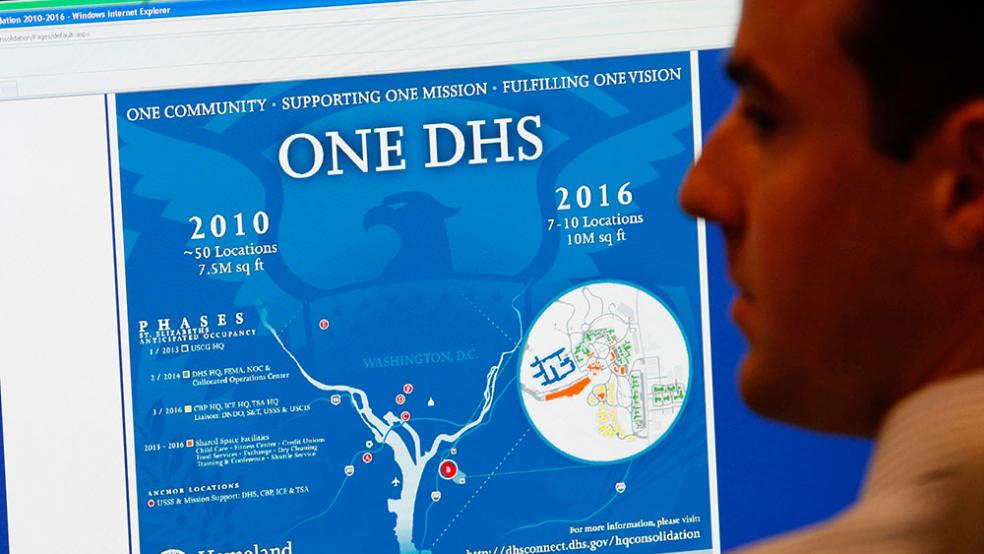For years, the Department of Homeland Security has relied on an outdated IT system from the 1980’s to store data on everyone entering and exiting the country.
The system helps patrol the border, stop drug trafficking and prevent terrorist attacks. And though DHS has tried to update the system ---known as TECS---since 2008, severe management issues have jeopardized the entire project leading to potential security weaknesses.
TECS, which screens more than 900,000 people each day, has relied on “obsolete technology” for more than a decade and was scheduled to be upgraded and ready to use by September 2015. However, a new report from the Government Accountability Office says meeting that deadline is highly unlikely.
Related: DHS Winks at Workers Stealing Unearned Overtime
The GAO blamed the two agencies working on the project—Customs and Border Patrol (CPB) and Immigrations and Customs Enforcement (ICE) —for management failures that have led to setbacks and cost overruns.
“After spending nearly a quarter billion dollars and over four years on its TECS programs, it remains unclear when DHS will deliver them and at what cost,” David Powner, GAO’s information and technology management expert said in congressional testimony last week. He added that “until DHS’s governance bodies are regularly provided complete and accurate data for use in their performance monitoring and oversight duties, their decisions may be flawed or of limited effectiveness.”
ICE’s portion of the project—budgeted at $818 million—was just recently revised since its first attempt at upgrading the system was not “technically viable.” The agency has already spent about $19 million, but will now start from scratch.
“ICE has made little progress in deploying its system and is now completely overhauling its original design and program commitments, placing the program in serious jeopardy of not meeting the 2015 deadline,” the auditor said. “Until ICE completes the replanning effort, it is unclear what functionality it will deliver or what it will cost to do so.”
Related: DHS to Spend $300 Million on Troubled Radiation Detectors
Likewise, Customs and Border Patrol’s portion of the project—which will include streamlining its data to DHS’s data centers while modernizing the old structure– is estimated to cost a total $724 million and be completed by 2016. However the agency is in the process of revising its schedule for the second time. It has already spent $226 million.
“These factors raise questions about the certainty of CBP’s remaining schedule commitments,” the report said, adding that CBP has not yet developed a “master schedule to sufficiently manage work activities or monitor program progress.”
GAO recommended that the two agencies develop an integrated master schedule that accurately reflects all of the program’s work activities, as well as the timing, sequencing, and dependencies between them, as well as implementing other managerial strategies.
DHS concurred with most of the auditor’s recommendations, but disagreed regarding Customs and Border Patrol’s weakness in scheduling. DHS responded calling the agency’s scheduling efforts “sound.”
The auditors said if the system isn’t upgraded by 2016, the program will end up costing taxpayers $40 to $60 million a year in maintenance fees. They also expressed concern about DHS’s ability to effectively monitor the border without a more reliable system.
“It has become increasingly difficult and expensive to maintain because of technology obsolescence and its inability to support new mission requirements,” the auditors said.
Top Reads from The Fiscal Times:





